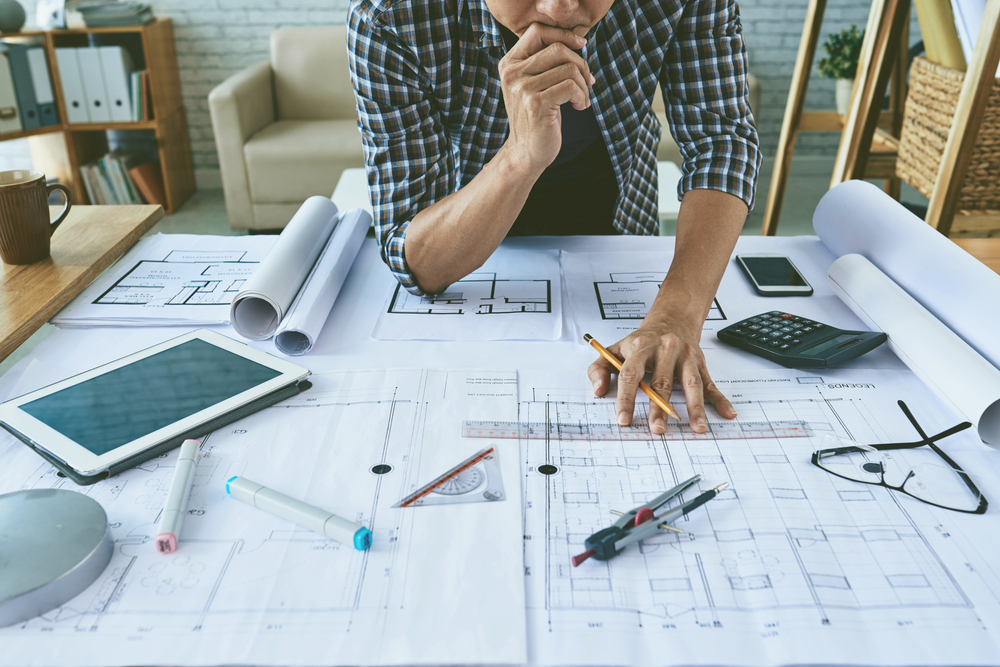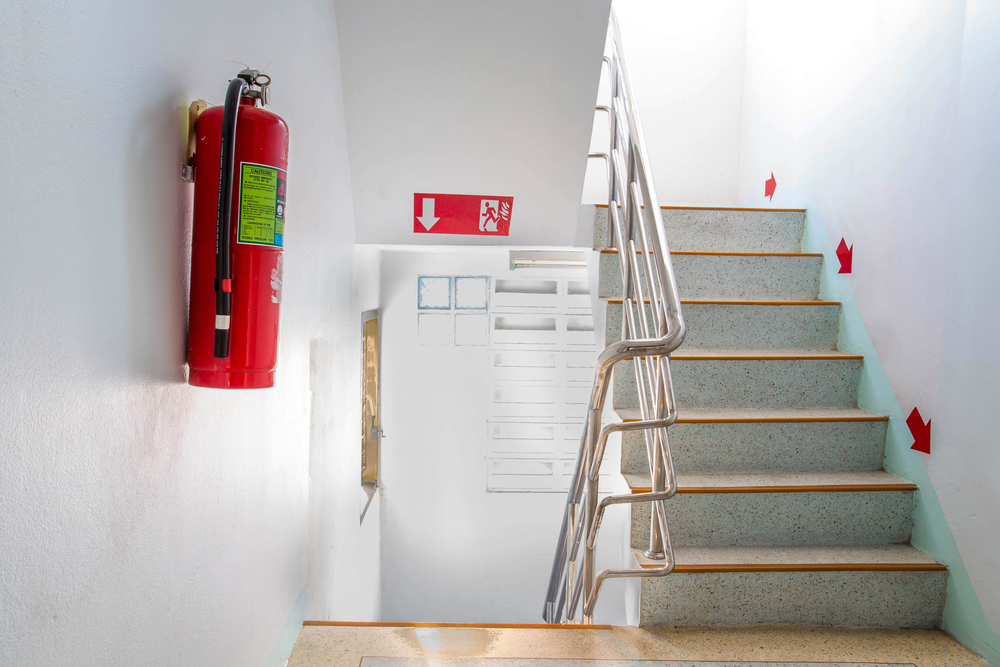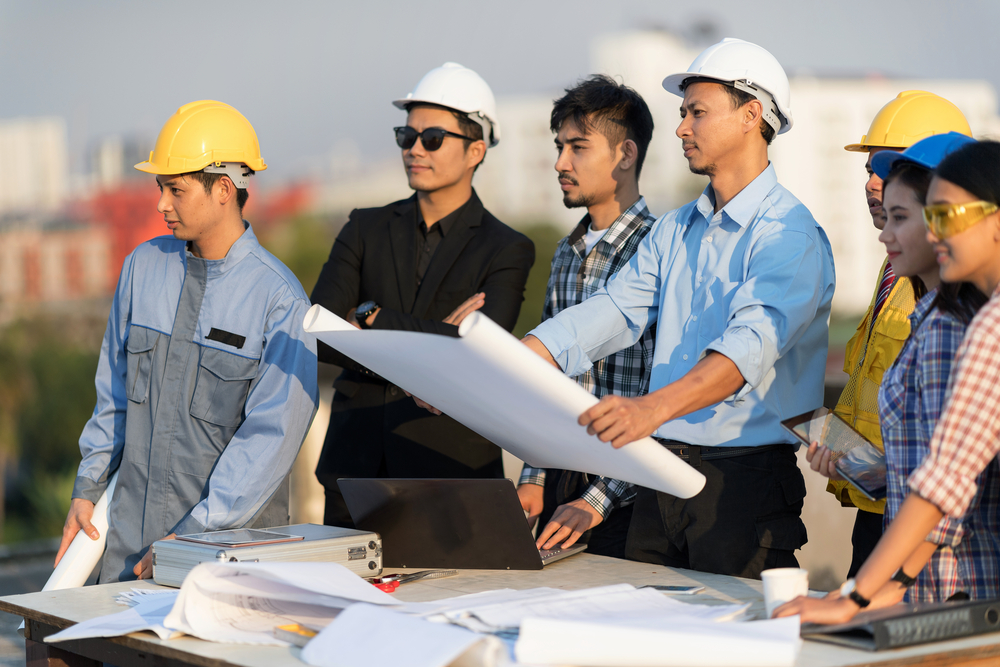Architects must consider not only public safety when designing a building, but also take into consideration the fire safety and protection of the property.
What does this mean for architects specifically? They are not hired just to add walls, corners and a roof to a building, but so much more than that.

When planning for a building’s construction, architects should study the building from all possible angles. They should consider the materials used in construction, as well as plan for the proper layout and flow for both first responders and occupants of the building.
Designing with Safety
An architect plays a large role in safety – larger than you may think!
It is their professional responsibility and obligation to design a building that complies with all applicable local fire safety certificates and laws. Local building codes are the mere baseline of safety and often come with layout issues such as fire safety and escape concerns.

A good architect should work closely with local fire and rescue crews to develop buildings that are accessible to first responders, while also remaining a non-fire hazard. They should be able to think proactively when it comes to safety, and think of additional ways to improve the existing building plans and structures. It’s crucial to apply these principles while also adhering to the fire safety regulations in Singapore.
There are three main issues when it comes to fire safety for residential and commercial architecture. Let’s break it down.
Construction Materials
The materials used in a building’s construction will significantly affect the fire safety of the building, along with its occupants’. It goes without saying that this will also apply to first responders.

When it comes down to construction, architects should actively avoid combustible materials. In usual cases, commercial buildings or residential properties do not contain excessive amounts of combustible materials – however they cannot entirely be avoided.
An architect should work together actively with fire safety crew to plan for the best materials to avoid combustible or toxic combinations. This will also prevent further issues and damage to life and property if or when a fire breaks out.
Building Layout
The flow and layout of a building can dictate how quickly first responders are able to rescue affected victims while dealing with emergencies like a fire.

Architects should consider factors like staircase design and accessibility, focusing on the width and length, number of landings and exits, along with connecting floors and blocks. Another example would be designing floors and walls that are able to run piping systems or sprinklers effectively.
Our recommendation is to have local fire and rescue crew provide feedback as to whether a building’s design is rescue-friendly and viable! Talk to SCDF Singapore for more information.
Fire Escape Routes
All buildings require emergency evacuation routes and exits, and they must be easily accessible in the event of an emergency like fire breaking out.

Architects have to familiarise themselves with all applicable fire safety regulations and establish safe, practical fire escape routes. It’s especially crucial in buildings with a large number of occupants, such as a commercial building like a mall, a residential building like a HDB flat or industrial properties like laboratories.
BlueTec Designs With Your Safety In Mind!
Bluetec Consultancy SG are a team of established professionals, bringing you engineering expertise that you can count on. Our professional engineers work to deliver projects ranging from M&E, Fire Safety, FSSD submissions and Green Mark certifications. Check out our project list here!

Talk to us today about ensuring a fire-safe building that complies with local fire safety regulations. Our friendly experts will get back to you with a quotation for absolutely free!
